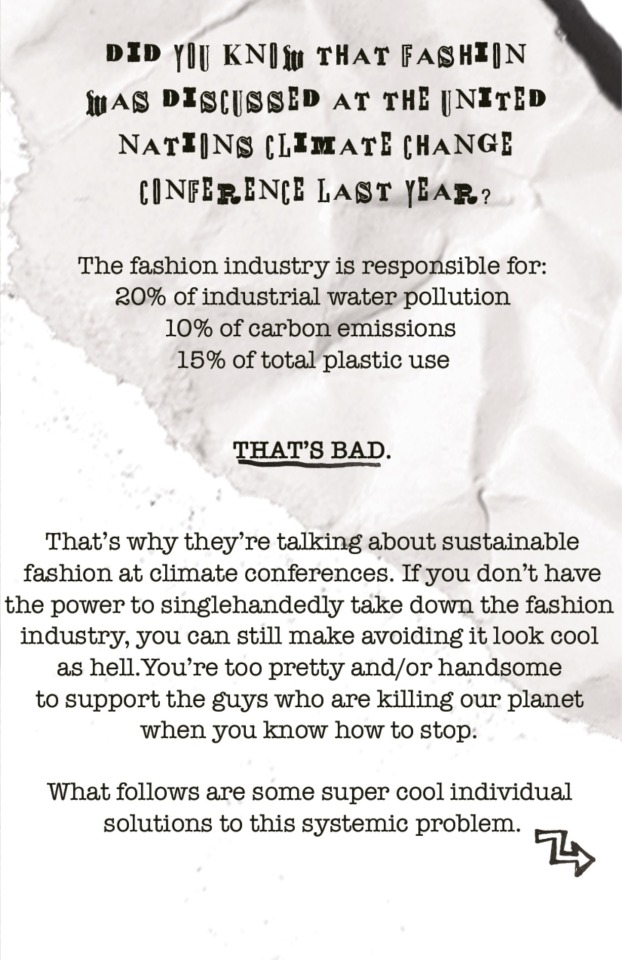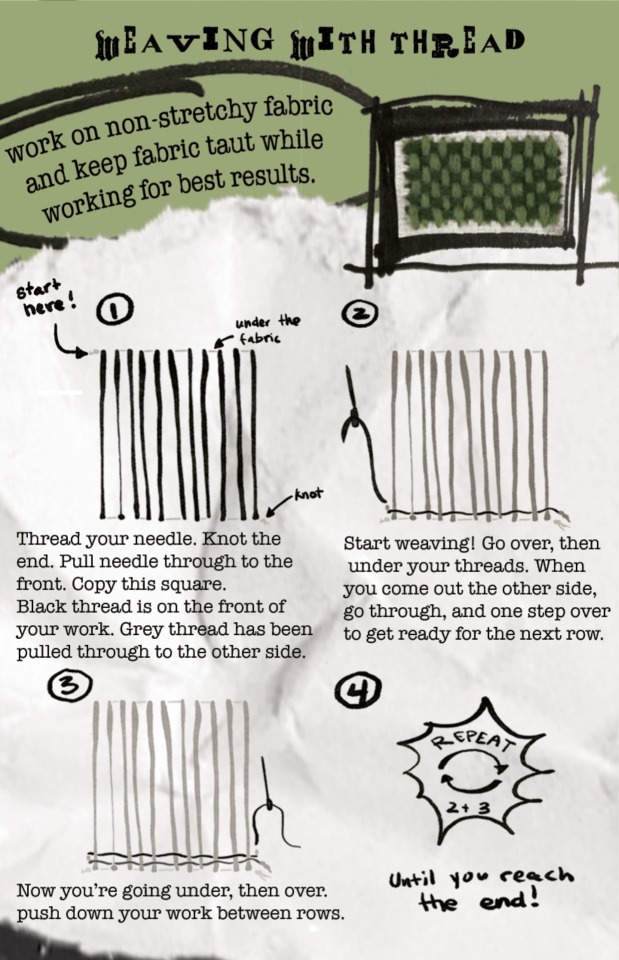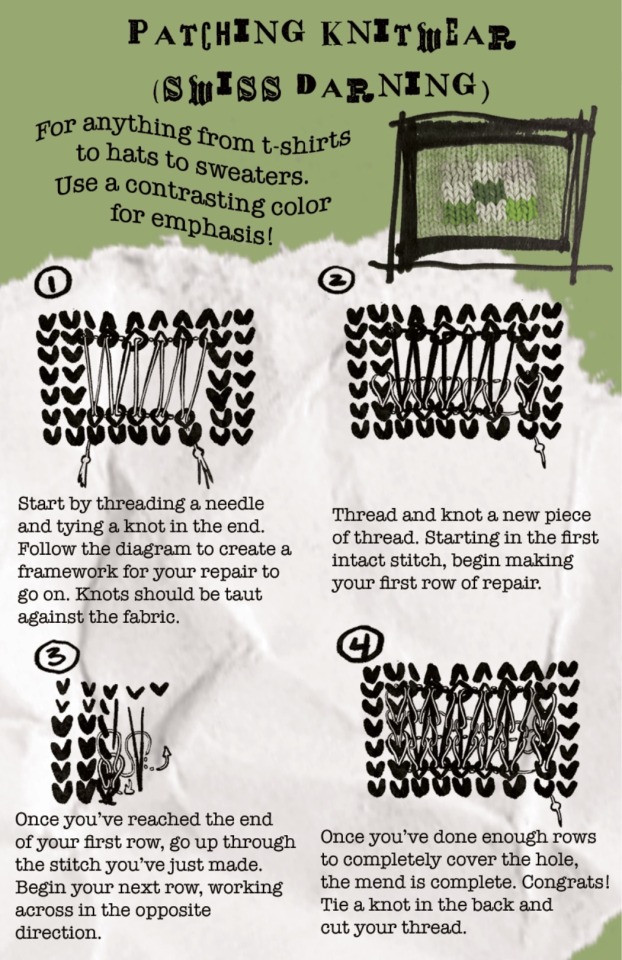Documenting my journey to living the cottagecore lifestyle of my dreams! I also hope to make some like minded friends 💕
Last active 3 hours ago
Don't wanna be here? Send us removal request.
Text


Spring time
York
0 notes
Text
I know I don't shut up about this but frankly not enough people are angry about the 5-day/40 hour workweek (and I am AWARE a lot of people work even more than that). I feel like a lot more people should be absolutely furious that we only really have two days a week and some occasional hours in the evening to socialise, run errands, do chores, or relax.
It's no wonder so many people are profoundly lonely and disconnected from their communities when maintaining a social life in what little free time we have is incredibly difficult. If you have kids, a second job, a very long commute, or other responsibilities, it's nearly impossible.
We literally aren't meant to live like this and I'll never stop being shocked how many people just take it as the natural state of things and don't want to throw a brick through a billionaire's window every time they think of it.
86K notes
·
View notes
Text
I always assume the train will be so boring and I bring seven things to do but then I'm entranced by the wonderful window the entire time
89K notes
·
View notes
Text

Silky ink cap
Yorkshire, England
16 notes
·
View notes
Text

Grey Squirrel
York Museum Gardens
0 notes
Text

Sunset behind the York Minster
York
0 notes
Text

Melon soda float
Japan
0 notes
Text

Japanese spring
Okayama
1 note
·
View note
Text
Hiroshima art music garden 🌿





1 note
·
View note
Text
Sustainable fashion for the Solar Punk
If you enjoyed this, consider checking out my Ko-Fi for a printable zine version (or just to support my art :))








7K notes
·
View notes
Text
Solarpunk YouTube Videos

Dear Alice Animation
How to Reject Capitalism in Your Personal Life
New to Solarpunk? Start Here!
What is Solarpunk
How Cities Can Be Sanctuaries for Nature and Biodiversity
How Solarpunk Fiction Envisions a Better Tomorrow | Video essay
How to Make Seed Bombs
How We Can Make Solarpunk a Reality
How We Can Build a Solarpunk Future Right Now
How We Can Build a Solarpunk Future
Why we Need More Than Solarpunk
10 Signs You May Be a Solarpunk
How to build a Solarpunk City
5 Solarpunk Communities That Will Bring You Hope
Real Life Solarpunk Places To Amaze You
Why Are Futuristic Movies Dystopian? The Need for Solarpunk
The Forested Garden: What is a Food Forest?
429 notes
·
View notes
Text


Osakajou on a gloomy day ☁️
Japan
4 notes
·
View notes
Text




Kinkakuji 🌟
Kyoto
2 notes
·
View notes
Text
Please read! It's of most importance that we keep ourselves motivated, find community and strive for a better system!
Radicalism 100: Get Started from 0 or, How the Hell Do I Get into Organizing as a Newbie?
I spend a lot of time talking about social change stuff. I feel like a lot of it might not be accessible unless you’re already one who sees yourself as a changemaker. Let’s change that. Let’s talk about how to prefigure the world you want to see, even if you don’t have any experience.
Before I do that though, I want to do some quick framing. I am coming from the place of someone who has some relatively specific foundational values that I prioritize and act from. I believe in horizontalism, mutual aid, solidarity, autonomy, joy, love, and transformative justice. I don’t brandish human nature as a weapon against better futures. If you have a view of people and or society that is purely of negation, then we probably won’t see eye-to-eye. If you think that domination and bootlicking is also necessary, then we definitely won’t see eye-to-eye. Hopefully, you’re curious or open to working towards egalitarian goals through egalitarian means. If you are, this might be useful to you.
How Social Change Happens
There is a lot of talk about social change and a lot of different opinions on how that change occurs. A useful framework to work from is one that imma remix from Joanna Macy.
Harm Reduction and Stalling → This is where giving, charity, and advocacy work live. Think of the survival programs that the Black Panthers did. These are good things, and they provide immediate benefits to folks. However, it’s not radical, as far as the meaning of the word goes. So, it’s great (and necessary!) to organize a mutual aid group that does food distro. What that doesn’t do is address why your group has to do that in the first place. This is something that ideally allows you to survive as you prepare to make bigger changes.
Systems change and Social Revolution → This is where the good shit happens. It is understanding the terrain you fight upon, what you’re fighting against, and finding the weak points to create and widen spaces of autonomy and liberation. This is where we decide how we act within the systems, how we change those systems through collective action, and how we build counter-systems to delegitimize the oppressive ones.
Rebuilding Mental Models → To create a new world, we have to become different people. I don’t mean that in an inactive way—through the practice of harm reduction and fighting the system, we realize our own power and become more capable of creating the world that we want. As we reconnect with reality, and illegitimate the current hegemony, we become more able to see the path ahead. The great and terrible thing is that we have to walk that path.
These are the three buckets that encompass our work ahead. Maybe a better way to think of them would not be as distinct buckets, but as spaces or zones of activity with permeable edges, where specific actions are occupying multiple buckets at a time, and where we travel from zone to zone, bringing information from previous legs of the journey. Stated differently, doing harm reduction might lead you to changing your mental models which might lead you to working towards systems change which might change your mental models which might improve your harm reduction efforts and so on and so on.
With that (admittedly open-ended) theory of change established, let’s get into some practical things you can do to get started. Again, this is built for if you’re not sure of where to begin. This will, hopefully, allow you to get started from 0 (which in my mind is you saying something to the effect of “damn, I know the world is cooked. What the hell do I do?”). Maybe you’ve heard people answer that inquiry with “Organize!”, which isn’t very useful. So let’s talk about that: how to start organizing and be successful when you don’t have the background or confidence yet.
Step 0: Read!
I am a big proponent of praxis (practice informed by theory) over theory or practice alone. Just reading doesn’t change the world, and just doing stuff may lead to some happy accidents. If you have to pick one, do stuff, I guess? But, we don’t have to do that. We can read, do stuff, review the successes and failures, and repeat. In order to not trap you in one mode or another, I’ve recommended a couple of things that should give you a good foundation for more readings and more actions.
Why We Should Democratize Everything
Radical Municipalism | The Anarchist Library
Modules - Economics for Emancipation (economics4emancipation.net)
Once you read these, you’ll be able to know that the world can look different than it does right now, and that there are tangible things that you can do to make that happen.
Step 1: Figure out Your Interest(s)
The next move is to understand what you’re interested in. It can be easy to feel like you have to participate in a certain kind of fight… but the reality is that if you pick an area that you already have an affinity for, you’ll be able to engage with it more sustainably. And hopefully, if you get some wins, you’ll be able to engage and support other important sites of struggle. For me, broadly speaking, my goal is to create solarpunk autonomous zones IRL, in the heart of the empire (the so-called United States). For my interests, the main areas of affinity + need within the solarpunk umbrella are:
Building Intentional Communities (like communes and ecovillages and shit)
Radical Urbanism (Tactical Urbanist projects, Tenants organizing, occupations)
Creative Care and Joy (Mutual aid, herbalism, medicine, etc)
Community Resiliency Training (CERT, Self-defense, Wildtending, Urban Foraging)
If that seems broad, blame it on the ADHD. I put time into each of these areas to try and build towards my solarpunk goals at the local level. You don’t have to be as eclectic as I am, but think about the things that get you excited, and go after those things.
Step 2: Get a Lay of the Land (find folks and people who are doing the cool stuff)
Once you’ve searched your soul and excavated some insight, you can begin your fun. Try and find people in your area who are into the stuff you’re into. If you like the idea of mutual aid, find a local food not bombs chapter (and encourage them to work towards system change!). If you like environmental stuff, look for groups that you feel like embodying the values you're developing. Some good ways to do this are:
Finding social medias. I like to find the most popular version for the thing I’m trying to do and excavate other groups from that. For example, I do some organizing work with an Indigenous education group here, and since it’s a tight-knit organizing community, I can use their IG to find other orgs. This also works well for in-person stuff.
Pull up to events. Try to show up to marches, protests (if you’re ready), and popular education events and look for folks representing the ideas you’re interested in. Folks tend to have flags, pins, and outfits at those sorts of things that let you know where they stand. I’d specifically look for Libertarian Socialist groups, Anarchist groups, and communalist groups. I’d also look into solidarity networks.
Step 3: Start working with folks!
Once you find some folks, start working with them if you like the vibe! You’d be surprised at how much you can learn. I moved about a year ago, and I learned so much by diving into the organizing community. Imma be moving again, and now I can carry those learnings forward into my new communities. Ideally, you’re getting involved in actions, doing study groups, and growing your confidence.
Step 4: Do an analysis of your place!
As you get more comfortable and you start to understand where you’re at, you can start working more intentionally towards system change. This is something that folks don’t do nearly enough, but if you can pull it of well, it’ll be well worth the time. The goal is to understand the challenges and opportunities present in your place. This is very much a whole area to explore, but you can start by looking into Asset-based community development and Community-based participatory research to create a guide of sorts for your community to follow. This is an area that I’m currently working on, and, it helps contextualize your actions.
Step 5: Dive deep!
At this point, you might be ready for bigger actions or more capacity building. You might even be ready to steward a campaign. Just know, this is work that doesn’t really have an end; we can always strive for more. If you take nothing else away, know these two things.
Everyone has the capability to steward in a new future.
Surround yourself with genuine community to keep you going.
If you can approach this work with confidence and community, you’ll be able to weather any storm.
246 notes
·
View notes
Text









Japanese Summer flowers 💐
I didn't know Hydrangeas had so many varieties!
2 notes
·
View notes
Text









Japanese Summer flowers 💐
I didn't know Hydrangeas had so many varieties!
1 note
·
View note
Text
Hello! I'm very new here and don't have a lot of content yet but I'm hoping to find people with similar interests!
Rb if you’re a new cottagecore blog!!
Let’s find eachother! If you post cottagecore, fairycore, forestcore, grandmacore, cozycore or something similar, pls rb and keep it going!
9 notes
·
View notes